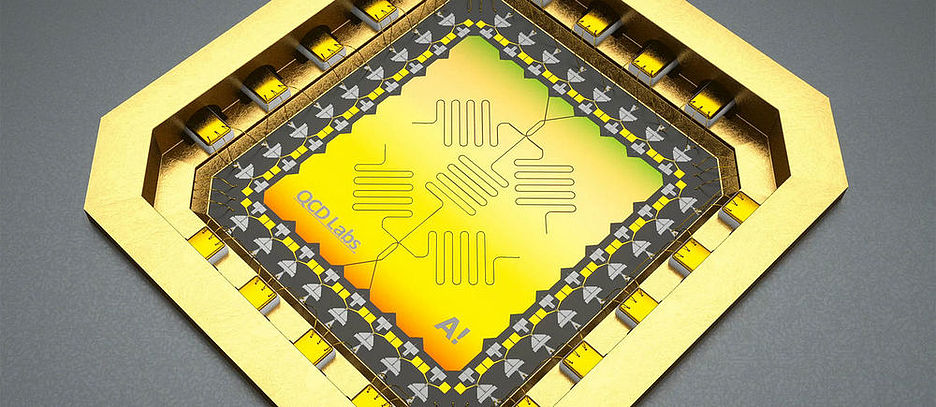Graphene bolometer will accelerate the development of quantum systemengine Kuryshev | 31.10.2020


Finnish physicists from the Laboratory of low temperatures of Aalto University has introduced a new
extremely sensitive detector for energy measurement. The device is suitable for use in quantum computers when reading the state of qubits. This requires high speed and
the sensitivity of the measurement, which was achieved through the use of graphene as the active element of the detector. Details of the scientific work published in the journal Nature.
The vast majority of contemporary quantum computers energy state of a qubit is determined by measuring its voltage. Due to technical difficulties in the implementation of such
measurements in practice, this greatly limits the possibility of upgrading and scalability of such systems. There are other disadvantages to this approach, among which, in particular, quantum noise,
created massive reinforcement elements leads to an increase in the number of errors when reading the state of a qubit. In addition, the cascade of amplifiers requires for its functioning a lot of energy.
In connection with the search for alternatives, scientists have long pondered the possibility of using for these purposes of the bolometer device, invented in its original form in 1878 and designed
for registration of electromagnetic radiation and measuring its power. The operation of the device is very simple – when hit by radiation on the sensitive element of the bolometer heats up that
leads to a change in the electrical resistance of the heat sink. By measuring the latter is to evaluate the absorbed energy by the device.
But the main problem was that the versions of the bolometers on the basis of other materials, such as alloy of gold and palladium were not allowed to make need to work in quantum computers
the speed and sensitivity of measurements. Therefore, the researchers decided to try graphene, which has very low heat capacity, and that was the key to solving the problem. Due to this property
graphene, even very minor changes emitted by the qubit energy lead to a rapid change in temperature and resistance of the new bolometer. Developed finami the device is capable
to carry out the necessary measurements in just a few hundred nanoseconds, which is enough for everything to use in the modern quantum systems. The minimum was during a scientific
experiments time – 200 nanoseconds. By the way, the dimensions of the active part of the new detector correspond to the scale of the world of bacteria, so one quantum chip can fit a whole array of these
the bolometers.
Scientists admit that the technology still needs further refinement and continue to work to increase its sensitivity. But it is already clear that in the future the use of graphene
bolometers should increase the speed and accuracy of quantum systems. Ultimately, this may bring the era of applications of quantum computers.
Journal: Journal IT-News, Subscription to magazines








